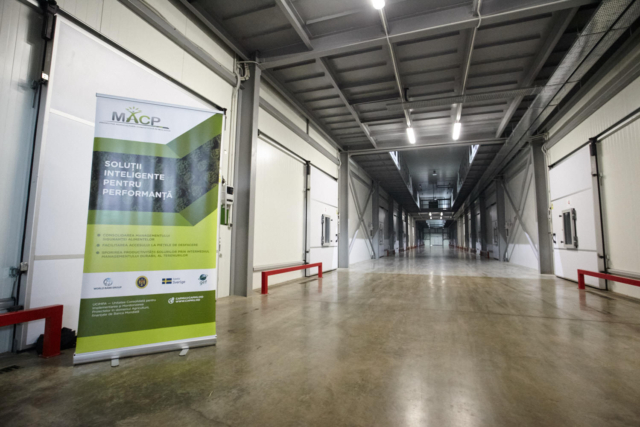MAC-P assistance undoubtedly supported producer groups in shifting to higher-value production. The support provided under the Enhancing Market Access Potential contributed substantially to the availability of post-harvesting infrastructure and generated positive effects on beneficiaries’ production and sale activities.
First, by forming productive partnerships, individual producers were able to aggregate the production of their members, and therefore to put on the market larger and more stable volume of crops, thus increasing their bargaining power and generating better market conditions. Second, the producer groups that completed the investment project were found to be actively using the cold storages for storing products, and sell them off-season at higher prices. Third, the installation of sorting and calibration lines allowed the producer groups to sell homogeneous products on the market. These improvements raised the beneficiaries’ ability to reach new markets, including both new segments of the domestic market and international ones.
These are just some of the findings of the Impact Assessment Study for the Enhancing Market Access Potential Component of the MAC-P Project, conducted by Economisti Associati, Italy, in association with the National Agency for Rural Development (ACSA).
The study also confirmed the importance of specialized technical assistance provided to beneficiaries both at the stage of registration of producer groups, at the stage of accessing the investment grant and at the post-financing stage: these activities allowed the beneficiaries to apply a better internal management and organization, as well as improved production and sales management.
Between 2013 and the end of 2020, the Project supported the registration of 64 producer groups, most of which were newly established entities. By the time of the study, 45 grants had been disbursed in full to 43 producer groups, while another five grants were in the process of being signed. Grants cover up to 50% of eligible investment costs, with a ceiling of $ 350,000. Investment grants have been used to finance the construction or acquisition of several different post-harvest technologies. Almost all producer groups financed the construction of one or more cold storage units for the storage and preservation of products (41 groups out of 43), with an installed capacity between 160 tonnes and 2,200 tonnes, ensuring a cumulative capacity of over 36,000 tonnes. In 18 cases, the grant was used to finance the installation of sorting lines; eight other groups purchased drying lines and/or other processing lines (for example, for peeling or calibrating nuts). Investments have also been made in the installation of packaging lines or transport equipment.
The total amount of disbursed grants is US $ 12,992,408.16. In addition, other US $ 20.4 million, representing 63% of the total investment costs, were attracted as co-financing provided by the beneficiaries. In other words, for $ 1 granted by MAC-P, the producer groups invested $ 1.6. Grantees also showed higher propensity to invest in the future: with over two thirds reporting having concrete plans for new investments.
The full text of the Impact Assessment Study can be found by accessing the following link: http://www.capmu.md/wp-content/uploads/2021/10/MAC-P_IA_Final_Report_ROM_Fin.pdf







